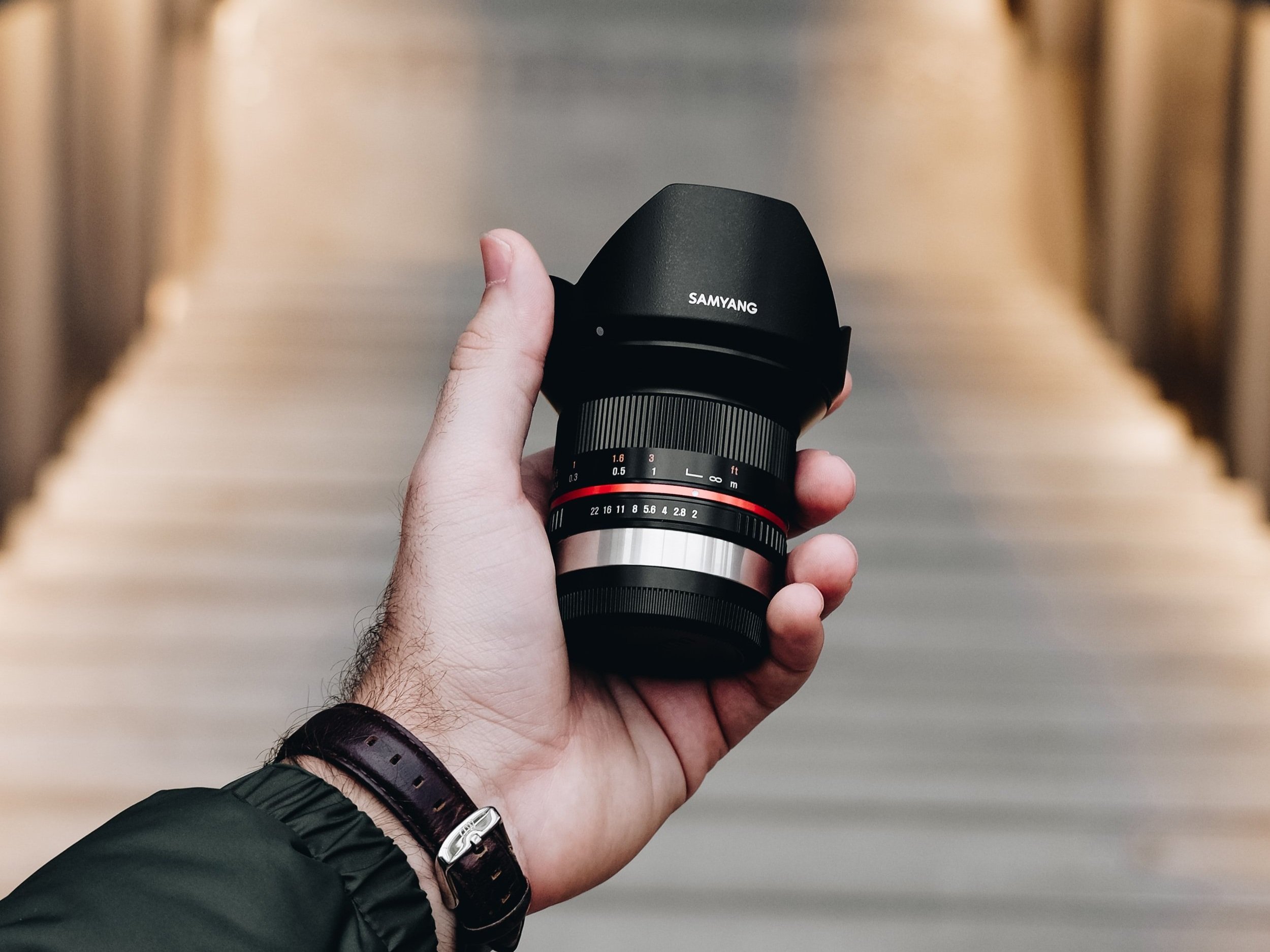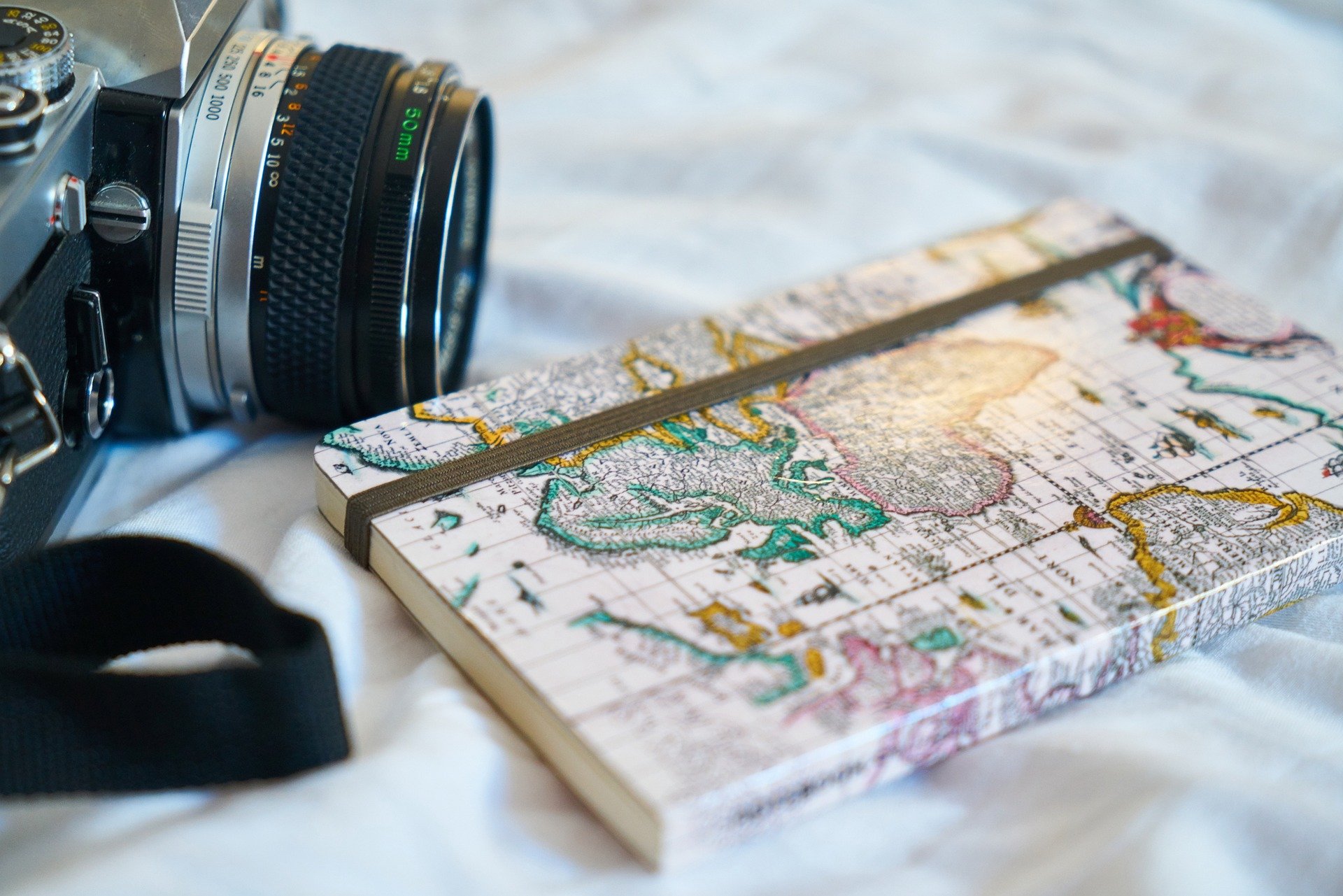Best travel lenses for Sony E-mount in 2023
You’ve got yourself a nice travel full-frame camera from Sony and now you’re looking to step up from the lens that came with the camera? Understandable and we’re here to give you the best travel lenses for the Sony E-mount system. We’ve got you covered in terms of best overall lens, best standard zoom, best telephoto zoom and best wideangle zoom. We’ll exclude prime lenses, but check out our guide for best small lenses for the Sony E-mount system!
What makes a good travel lens? Well, first of all it has to have good image quality and also be light and compact (for what it does). An added bonus is flexibility. A lens that doesn’t need to be changed is very much a plus when travelling! If something catches your eye you’ll be glad if you’ve got the right lens on your camera, otherwise the moment might be gone.
All of these arguments are usually in favor of so-called superzooms, meaning zoom lenses that go from a wide angle to a telephoto field of view. A perfect example is the FE 24-240mm f/3.5-6.3 OSS: It starts at a reasonably wide 24mm and goes all the way to an impressive 240mm. The downside of this and other lenses if it’s kind is on the one hand the pretty dark aperture of f/3.5 on the wide end and f/6.3 on the long end. Both are not really that impressive. Also these lenses tend to suffer from image quality issues, especially in the extreme ends of the zoom range.
Best Overall
We did talk about super-zooms not being that great and pretty dark in the intro. But there is one lens that defies all of the stereotypes: The Tamron 28-200 F/2.8-5.6 Di III RXD!
The Tamron 28-200 F/2.8-5.6 Di III RXD is brighter than all other competing lenses while also being really sharp for such a zoom lens. All of this while being impressively small (It’s the same size as the Tamron 28-75 F/2.8 or it’s successor the Tamron 28-75 F/2.8 G2). The awesome danish photographer Mads Peter Iversen is really happy with the lens, and lens reviewer Christopher Frost also agrees that this lens is pretty spectacular for such a zoom. These two are just two examples from our research into this topic, but these two are also pretty awesome in everything they do.
The build quality is good, there are no special buttons or switches however. The lens comes with weather sealing, important for pretty much every photogenic travel destination and all those weather conditions you might run into.
What are negatives about this lens? 28mm is not the widest of angles, but other than that this lens stands heads above other lenses for purely travel photography and convenience in the field. Compared to more expensive and specialized lenses the sharpness isn’t quite there, but that’s to be expected. You’d get better image quality in the same zoom range if you got yourself the Tamron 28-75 F/2.8 G2 and the Tamron 70-180 F/2.8, but you’d also have to carry two lenses and switch between them.
The runner-up for best overall lens is the Sony 20-70 F/4.0, but might want to continue reading for more info.
Honorable mentions for the best overall travel lens are the following:
All of these lenses will get the job done but we believe the Tamron 28-200 F/2.8-5.6 Di III RXD will serve you best on your travels!
Best Standard
Standard lenses or standard zooms are usually zooms in the range from 24mm or 28mm to 70mm or 75mm. Maybe going up to 105m or 120mm. Those lenses, like kit lenses, are versatile and will probably cover a big part of regular travel photography. So what’s the best options for standard zooms? One of the newest lenses that defies all conventions of what a standard zoom does:
Didn’t we just tell you these lenses usually start at 24mm or 28mm? Yes they do, and that’s why this lens is so awesome. If you get yourself a 24-70mm lens for example and you have a subject in the distance that’s pretty small, you can always crop into your image to enlarge the subject. But you cannot go wider than the widest focal length! And 20mm as a starting point is significantly wider that your regular starting point of 24mm or even 28mm.
The aperture for F/4.0 throughout the range is also good - not great - and should serve you well on your travels.
Build quality is also great: It’s a fully featured lens with everything you would expect: An Autofocus/Manual focus switch, programmable button, aperture ring, weather sealing and an overall great feel to the lens.
The image quality is also what you would expect from a lens that sets you back more than $1000 as of the time of writing: Really good to amazing throughout the zoom range, little vignetting and a good looking bokeh (rendition of out-of-focus areas).
We can only say it so many times: The Sony FE 20-70mm f/4 G presents a great value proposition as it can save you from carrying additional lenses for your wide angle needs and it’s also sharp enough to let you crop into your images.
The honorable mentions look very much like the overall lens:
Best Telephoto
Telephoto lenses, and more specifically telephoto zoom lenses usually start around 70mm and go from there. There are some lenses that go up to 600mm such as the Sigma 60-600mm F4.5-6.3 DG DN OS that cover this focal range through it’s entirety, but there are also more specialized lenses such as the Sony FE 70-200mm f/4 Macro G OSS II, Sony FE 70-200mm F2.8 GM OSS II or the Tamron 70-180 F/2.8 that only cover the beginning of the range or lenses such as the Sony FE 200-600mm F5.6-6.3 G OSS, Tamron A057 150-500mm F/5-6.7 Di III VC VXD or Sigma 150-600mm F/5-6.3 DG DN, that only cover the telephoto end of the range. All of these lenses are really good at what they do and with the exception of maybe the Sony FE 70-200mm F2.8 GM OSS II they also represent good value for the money. These lenses are also pretty large in an absolute sense.
We’ve picked a lens that’s not only good value for the money, has a pretty versatile focal range and has good image quality. And that lens is the Sigma 100-400mm F5-6.3 Contemporary DG DN OS!
Image quality is amazing, even on a 60 megapixel camera such as the Sony A7R V or Sony A7R IV, it comes with optical image stabilization, a relatively small overall size (It is small for the focal range), weather sealing, plenty of buttons and all of that at a price tag that’s well below the $1000-mark!
The only downsides to this lens are the relatively dim aperture range from F/5.0 to F/6.3 and the fact that this lens extends quite a bit when zooming. There are also a tripod collars available if you are willing to spend additional money - available from third party resellers or Sigma themselves.
In this category there is only one honorable mention: The Tamron 70-300mm f/4.5-6.3 Di III RXD. It’s a tad smaller and more affordable but worse in every other metric.
Best Wideangle
The quest to recommending the best wideangle lens for travelling for Sony full frame cameras has got to be one of the most difficult questions to answer. There probably is not a perfect answer that’s why we’ll give you a bunch of good options and do a very quick dive in it’s pros and cons.
You’ll have to come up with the best lens available by yourself, we’ll give you the best and worst for each lens.
Sony FE 16-35mm f/2.8 GM Lens
Good: Takes front filters, image quality, bright aperture, autofocus, build quality
Neutral: Successor coming out end of September 2023
Bad: Price, not the widest
Sony FE 12-24mm f/2.8 GM Lens
Good: Image quality, bright aperture, autofocus, build quality, focal range
Neutral: -
Bad: Price, size, no front filters
Sony FE PZ 16-35mm F4 G Lens
Good: Image quality, autofocus, build quality, takes front filters
Neutral: Aperture, power zoom, size
Bad: Not the widest, price
Tamron 17-28mm f/2.8 Di III RXD Lens
Good: Takes front filters, image quality, bright aperture
Neutral: autofocus, build quality, price
Bad: Not the widest
Sigma 14-24mm f/2.8 DG DN Art Lens
Good: Image quality, build quality, bright aperture, price, focal range
Neutral: Build quality
Bad: Huge front element, no front filters
Sony FE 12-24mm f/4 G Lens
Good: Image quality, focal range, build quality, autofocus
Neutral: Aperture
Bad: No front filters
Sony FE 14mm f/1.8 GM Lens
Good: Image quality, aperture, build quality, autofocus
Neutral: No zoom
Bad: Price, size
Sony FE 24mm f/1.4 GM Lens
Good: Image quality, aperture, build quality, autofocus
Neutral: No zoom, size
Bad: Price
Sony FE 20mm f/1.8 G Lens
Good: Image quality, aperture, build quality, autofocus
Neutral: No zoom, price, size
Bad: -
Sigma 17mm F4 DG DN Contemporary
Good: Image quality, build quality, size
Neutral: No zoom, price
Bad: Aperture for a prime lens







